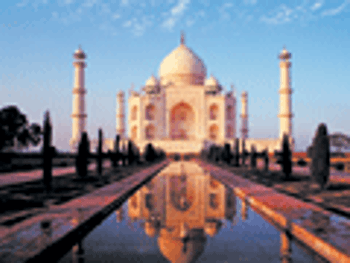
New guidelines on good distribution practices for biologics will have a significant impact on the Indian pharma sector - for good or ill. Jane Wan reports.

New guidelines on good distribution practices for biologics will have a significant impact on the Indian pharma sector - for good or ill. Jane Wan reports.
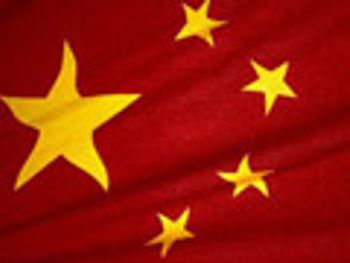
Chinese policies are to pose new opportunities and challenges for Big Pharma companies active in the country.

European Commision blocks the authorization of a life-saving liver drug outside of France.
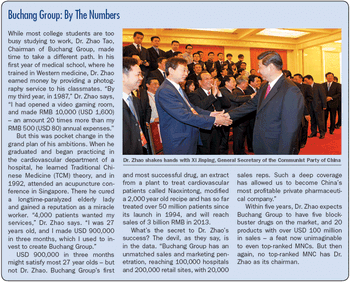
China's pharmaceutical industry is making record gains. Four years ago, China was the world's fifth largest market. Now, it has bypassed France and Germany to become the third largest. By 2015, China will pass Japan to rival only the United States for number one.
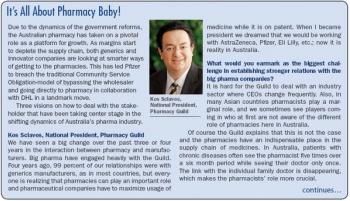
In some ways the Australian medicines industry is going through the same restructuring and challenges as the industry is globally: the country is dealing with patent cliffs, companies are cutting back staff, an ageing population forces the government to rethink healthcare expenditures, and big originator companies are reforming.

After a decade of strife, the dialogue between industry and government appears to have entered a positive new phase. Julian Upton reports.

Most executives across the pharmaceutical industry agree-Singapore does not represent any question marks in the future. Furthermore, Singapore's location is ideal for reaching markets east, west, north and south, which form the powerhouse that is Asia-Pacific.

Promoting the merits of private-sector drug innovation is no easy task-just ask the UK's Office of Health Economics, with a record 50 years of engagement around the hard policy questions that ultimately drive success in the pharmaceutical marketplace.

With the shadow cast by Mediator across Europe now receding to a focus on the French law courts, the European Union (EU) said in late November that its pharmacovigilance arrangements offer “one of the most advanced and comprehensive systems in the world”.

At two years and counting, what's the secret of success in negotiating pricing under the new AMNOG legislation?
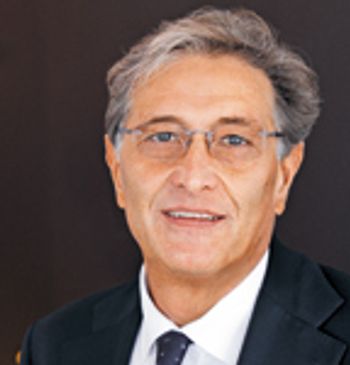
Europe's chief regulator charts a strategy from many moving parts. Dr Guido Rasi talks to Pharm Exec's William Looney.

For the second time in recent memory, a top European regulator leaves office abruptly and under a cloud of suspicion.

Spain's leading business school, IESE, organized an expert conference on October 2-3 to address two simple questions. First, how can providers and payers work together to generate more value from existing resources? Second, what must be done to ensure the system continues to create value in the first place?
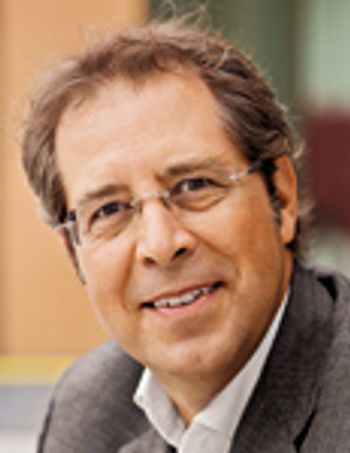
The '90s was an enthusiastic time. With the fall of communism in 1989 and the emergence of the free economy, the international pharmaceutical industry arrived in the Czech Republic to find a highly receptive market.

Takeda's new $96 million plant in Russia is further proof of its expansive efforts to catch up in the BRIC countries. That is, the BRIC countries minus India. Chief Commercial Office Dr Frank Morich explains.

Pharm Exec takes a look at how a mid tier player - Denmark's Lundbeck - is counting on the momentum of the big US market to vault it to global leadership position.
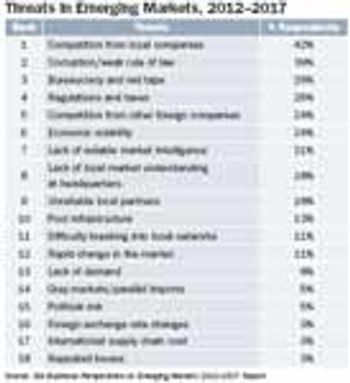
Pharmaceutical companies looking to wrest market share in high growth markets of tomorrow must overcome challenges from a new crop of national champions.
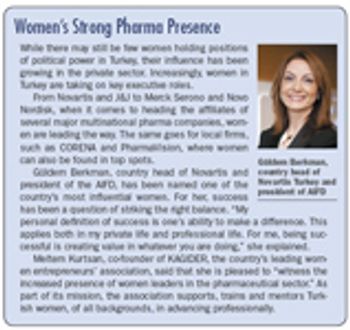
In the global theater of business and politics, Turkey increasingly leverages its location as an ideal vantage point where actors can seamlessly move between all things West and East.

The new head of EFPIA faces a Promethean challenge: selling the merits of costly science and innovation in an era of bristling competition, fiscal crisis, and declining demographics.
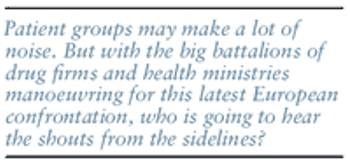
Europe's fiscal crisis is becoming a new rallying cry for patient groups-but regional unity is still elusive.
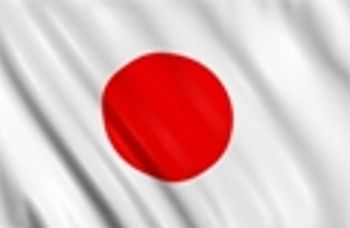
After a series of government reforms that are appealing to both domestic and foreign players, the Japanese pharmaceutical market is making a comeback, writes Jane Wan.

Germany has shifted from relative pricing freedom to a market that is sensitive and influenced by cost-containment policies. But pharma is pressuring the country to change its policy again.

Ashish Goel and Ramesh Chougule look at six areas where pharma should consider reinventing its supply chain processes and systems to best exploit emerging market opportunities.

Over ten years ago, the economic concept of the 'BRIC' countries-Brazil, Russia, India and China-was formed, and it's pretty much all we've heard about ever since. Yet earlier this year, the very same man who coined the term-Jim O'Neill, chief economist at Goldman Sachs-declared that by 2020 Mexico would be the seventh largest economy in the world, surpassing both India and Russia. Mexico belongs to one of four recently defined 'growth markets' alongside Indonesia, South Korea and Turkey. That certainly shakes things up a little for both outside observers and active local stakeholders in the economy.

It's good to look to other industries such as FMCG - and to products such as Pepsi and Horlicks - for lessons in emerging market success, writes Nick Stephens.